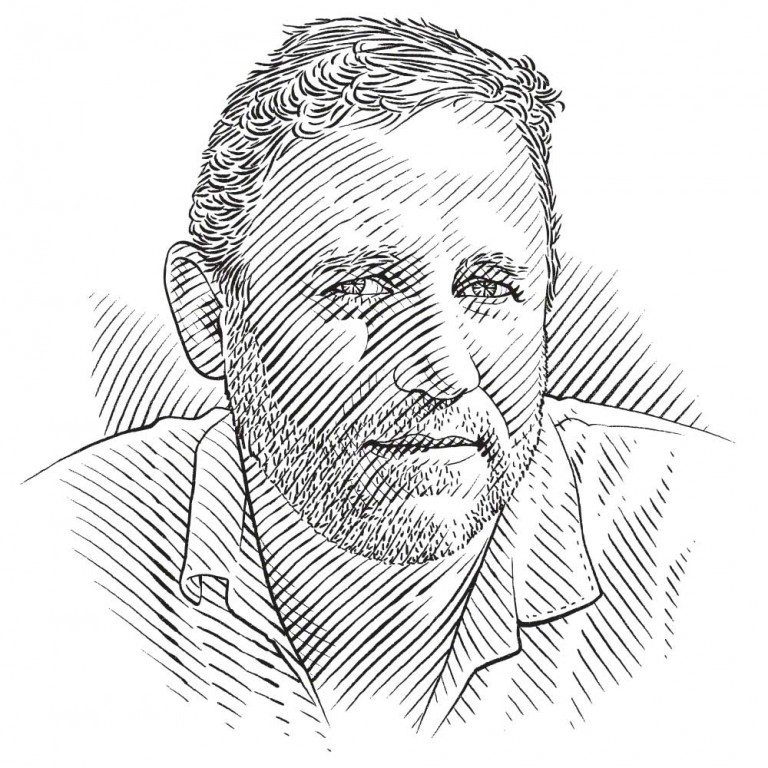A short interview with Nicolas Pilcher
How did you get hooked on sea turtles?
I was working on a beach in Saudi Arabia in 1987 when turtle KSA4811 was having difficulty laying eggs. I crawled up behind her and saw she was missing a rear flipper and could not dig a nest chamber. So each time she went to use the flipper stump I dug down with my hand to help out. Her flipper, my hand. Her flipper, my hand. Slowly we dug the nest and she laid 104 eggs. I helped her three more times that year, and have been helping turtles ever since.
Describe your average working day.
There is no such thing! In the office an average day is writing proposals, writing reports, analysing data and preparing manuscripts for publication, interspersed with ever-present accounting paperwork, bills to pay, items to purchase and field-work plans to manage. But in the field things are different: I’m out on our boat chasing turtles, catching them for laparoscopy and genetic studies; I’m up in airplanes documenting turtles via aerial surveys; I’m walking nesting beaches with local community members, protecting adult turtles and safeguarding their nests. Or I’m meeting with senior government officials devising management plans or working alongside fishermen, getting Turtle Excluder Devices installed on their boats.
Does your family share your passion for turtles?
Absolutely! My wife and three daughters are all turtle fanatics too. My two eldest daughters, Danielle and Francine who are (now) 23 and 20 years old, are my two best turtle wranglers. They dive and catch turtles like pros. Leilana, the small one, uttered ‘turtle’ as her very first word. And my wife Carmen is my biggest supporter. She’s with me on field trips, helps with project administration and logistics and keeps me balanced. If it were not for their passion for turtles, I’d never be able to do what I do, travelling far and wide across the Indo-Pacific on multiple projects.
Are you optimistic about the future of sea turtles? If yes, why?
Yes, of course I am. A pessimist is never going to get the job done right. And anyway, we’re 50 years or so down the turtle conservation road and we’re seeing successes all over the world. The world’s largest market stopped importing tortoiseshell back in the ’90s. Hawksbill turtles in many places are on the road to recovery today because of this. The leatherback, once Critically Endangered in the Atlantic, is rebounding in exponential fashion. So much so that the IUCN recently reassessed its status and it soared from Critically Endangered to just Vulnerable. The Hawaiian green turtle has gone from Endangered to Least Concern. Populations are showing they can recover if afforded protection over long periods – and the world is doing just that. We just need to keep doing it.
Sea turtles of Malaysia
Nick is on a mission to save Malaysia’s turtles. By convincing policy makers and fishermen to equip shrimp trawlers with Turtle Excluder Devices and studying the ecology of the turtles, he’s tackling the problem head on.
